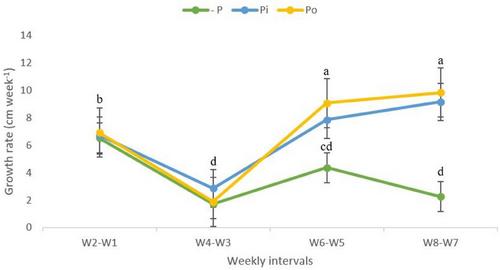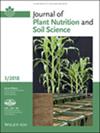Faba bean (Vicia faba L.) varieties reveal substantial and contrasting organic phosphorus use efficiencies (PoUE) under symbiotic conditions
Abstract
Background
The excessive use of inorganic P (Pi) in soils is alarming as it is causing numerous environmental problems and may lead to the depletion of rock phosphate reserves earlier than expected. Hence, to limit the over-dependence on Pi, there is the need to investigate organic phosphorus (Po), which is the dominant P form of soil P pool, as an alternate P source for plant growth.
Aim
The present study seeks to investigate organic P use efficiency of eight varieties of faba bean grown symbiotically.
Methods
The plants were grown in pots (6 kg soil) under greenhouse condition with three P source, namely, phytic acid (organic P, Po), KH2PO4 (inorganic P, Pi), and no-P. The P was applied at the rate of 1.79 g kg−1 soil.
Results
The plants grown with Po and Pi produced similar amounts of root, shoot, and total dry matters. Despite producing statistically similar dry matters, P uptake by Pi-fertilized plants was twofold higher than by Po-fertilized plants. Meanwhile, Pi differed significantly from Po in terms of nodulation characteristics such as nodule dry biomass and individual nodule dry biomass. However, Po varied significantly from Pi in P utilization and acquisition efficiencies. Principal component analysis of Pi and Po revealed no significant variation and close association, confirming the nonsignificant differences between the two P treatments. Among the varieties tested, Tiffany tended to accumulate more dry matter, coupled with highest organic P utilization efficiency (0.48 g mg−1) as well as the highest organic P beneficiary factor (80%).
Conclusion
These results provide a solid basis for further comparisons at physiological, biochemical, and molecular levels between Tiffany (Po-efficient) and Fuego (Po-inefficient) varieties, offering deep insights into and making it easier to understand the mechanisms that allow soil Po to be utilized under symbiotic conditions.


 求助内容:
求助内容: 应助结果提醒方式:
应助结果提醒方式:


